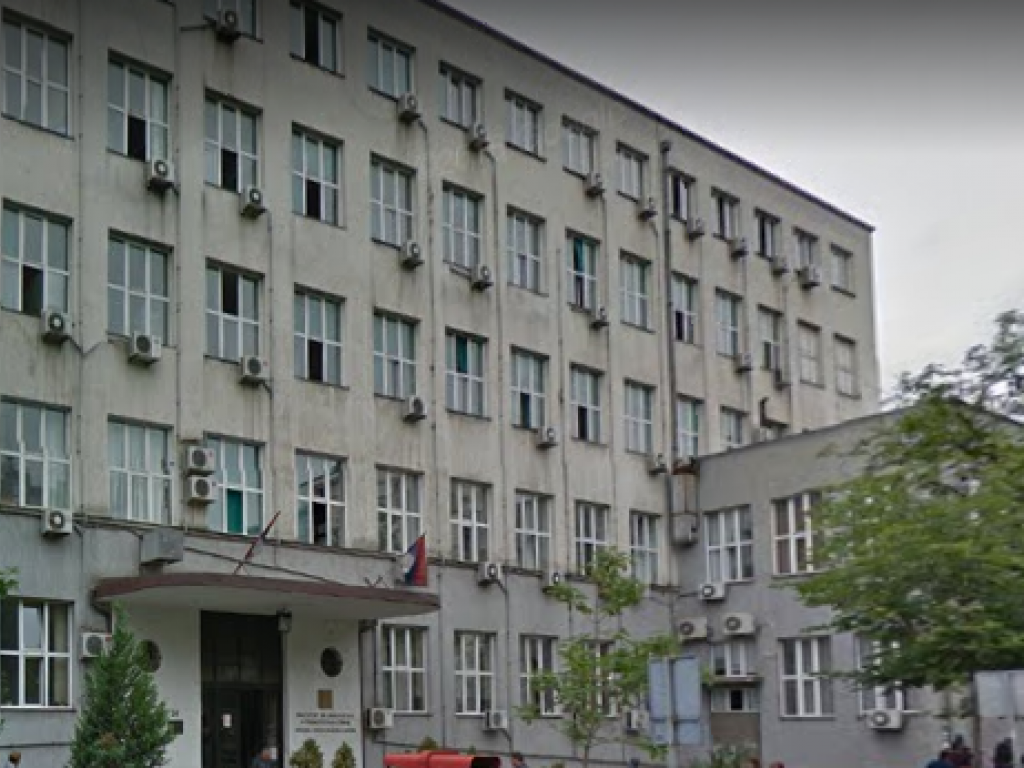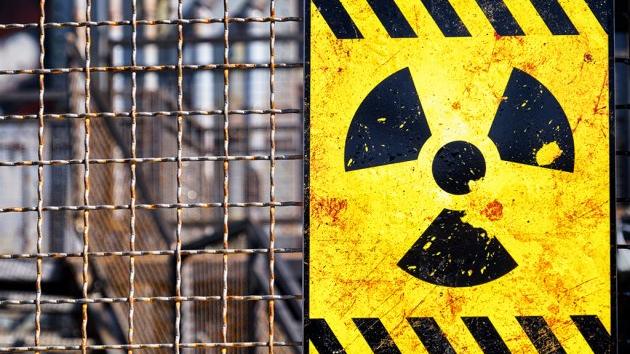New Oncology Building in Belgrade to be Built Right Next to Tirsova 2

However, this is last year’s calculation and is already obsolete. The price of everything has gone up and it is likely that more money will be needed for the new oncology building, due to which the Detailed Urban Plan would need to change as well, which is already being negotiated. But, Dr Danica Grujicic, the director of IORS, has set the construction of that building as the biggest mission in her career as a medical doctor and she believes that she will be able to make it come true. In that, she says, she is supported by the president of Serbia, Aleksandar Vucic.
The current building of IORS, which was extended for “Oncology 2” in the meantime, can barely make it through until the new one is built. On an almost daily basis, a pipe bursts somewhere, or a wall or a part of a staircase collapses. Things are repaired when needed, but in fact the building cannot be truly repaired.
In addition to being old and the fact that it was rearranged countless times, the building of the institute, raised before the Second World War, became too small for the numerous oncology patients a long time ago. Professor Grujicic warns that the number of those who are treated for malignant diseases over the course of a year has reached 200,000 and that, according to an estimate of the European Society for Radiotherapy and Oncology, 40,000 people will need to be subjected to radiation treatment in Serbia in 2025, which is equal to the population of the city of Uzice.
– We have received a lot of new devices, two magnetic resonance imaging devices, a state-of-the-art scanner, two mammograms with fantastic performances, a new room for breast biopsy, four ultrasound devices, a new brachytherapy machine, two new linear accelerators, and, by the end of the year, we expect to get another two. We are also getting a SPECT scanner, which we haven’t had before. All this equipment will serve only to make it through until the new building is raised, because, even with all the devices, we work in three shifts – professor Grujicic says.
– The conditions at the day care hospital are such that we have to thank patients for their patience. There are 10, sometimes up to 16, patients lying in a room at the same time, which is scandalous in the 21st century. Radiation activities are supposed to be finished by 7 AM, and our machines keep operating past midnight. The fact that, with the new machines that are to arrive, our oldest radiation machine will date back to 2015, is not helping either. There are so many patients that we have to work at night too – says professor Grujicic.
The new building, where the most oncology operating procedures are to be done annually, needs to unify all the departments in a single place.
– In that space, we would have to have the surgical part, chemotherapy, radiotherapy, nuclear medicine and everything we currently have each in its own department. The patients’ rooms should have two beds each. Bunkers for the new devices, which are yet to be constructed, need to be there too, as well as bunkers for particle radiation, which we already know is the future of oncology. The merging of two clinics, hemato-oncology and medical oncology, should to be considered, due to a central solution of medicines, which would enable savings of 20% or even more. We also need additional operating rooms for reconstructive surgery, so that the women who have a breast removed due to cancer would not have to wait for plastic surgery for years – explains professor Grujicic.
No major corrections can be done on the current IORS building, despite the “Oncology 2” extensions. Due to this, professor Grujicic says, the new building needs to be carefully planned down to the smallest detail.
– We cannot stretch out the walls or make any major corrections on this building, raised before the Second World War and rearranged so many times that we are not familiar with all the structures even now. With the equipment we’ve received, although not all of it is operational yet, because we are waiting for the staff to be trained, no oncology patient would have to pay for the scanning, magnetic resonance imaging or any other procedure privately. However, the inflow of patients is such that it exceeds our limited capacities – says professor Grujicic.
In the first nine months of the current year, IORS treated as many patients as was agreed for the whole year by the specification of services with the National Health Insurance Fund. Professor Grujicic says that she now has to ask the NHIF to amend the annual plan:
– There are so many oncology patients that, even though a third of them, unfortunately, came too late due to the fear of the coronavirus, and are in the phase when no treatment is possible, and we can only give them therapy to withstand the pain more easily, as of September, our annual plan is fulfilled. What could we do? Should we have sent those people back? Of course not, and we believe that the NHIF is aware of that – explains professor Grujicic.
The new IORS building could be completed in three to four years at the most, says professor Grujicic, and it must be built by the same standards that were used for the University-Clinical Center of Nis or the University-Clinical Center of Serbia.
– According to the spatial plan, across that plot of land of six hectares, a traffic route is supposed pass, which we have already discussed at the City Assembly of Belgrade, for it to be changed. The road can take another route, but there is no other location for the new oncology building. There would be no sense in raising it in another place, far from the University-Clinical Center of Serbia. The new oncology is a project for the 22nd century and it is the fault of us all if it’s not built – says professor Grujicic.
 Institut za onkologiju i radiologiju Srbije
Institut za onkologiju i radiologiju Srbije
 RepubliÄŤki fond za zdravstveno osiguranje Beograd
RepubliÄŤki fond za zdravstveno osiguranje Beograd
Naš izbor
Most Important News
06.04.2024. | Agriculture
Preconditions for Placement of Fresh Blueberries and Dried Plums in Chinese Market Secured

16.04.2024. | News
Jovan Ciric, Leasing Director Retail MPC Properties – MPC Echo symbolizes our desire for good ideas and innovative endeavors to spread freely and bring about positive changes

16.04.2024. | News
10.04.2024. | Finance, IT, Telecommunications, Tourism, Sports, Culture
Creative Industry – What This Serbian Economy Sector Worth EUR 2 Billion Encompasses

10.04.2024. | Finance, IT, Telecommunications, Tourism, Sports, Culture
18.04.2024. | Industry, Finance
Here come the new hunters for Serbian gold – Australian Strickland Metals buys mining project on mountain Rogozna

18.04.2024. | Industry, Finance
16.04.2024. | News
Economy Fair in Mostar opens – 26 companies from Serbia exhibiting

16.04.2024. | News
18.04.2024. | Transport
Jovanovic: Purchase of Siemens trams produced in Kragujevac for GSP Beograd should be considered

18.04.2024. | Transport


 Izdanje Srbija
Izdanje Srbija Serbische Ausgabe
Serbische Ausgabe Izdanje BiH
Izdanje BiH Izdanje Crna Gora
Izdanje Crna Gora


 News
News









